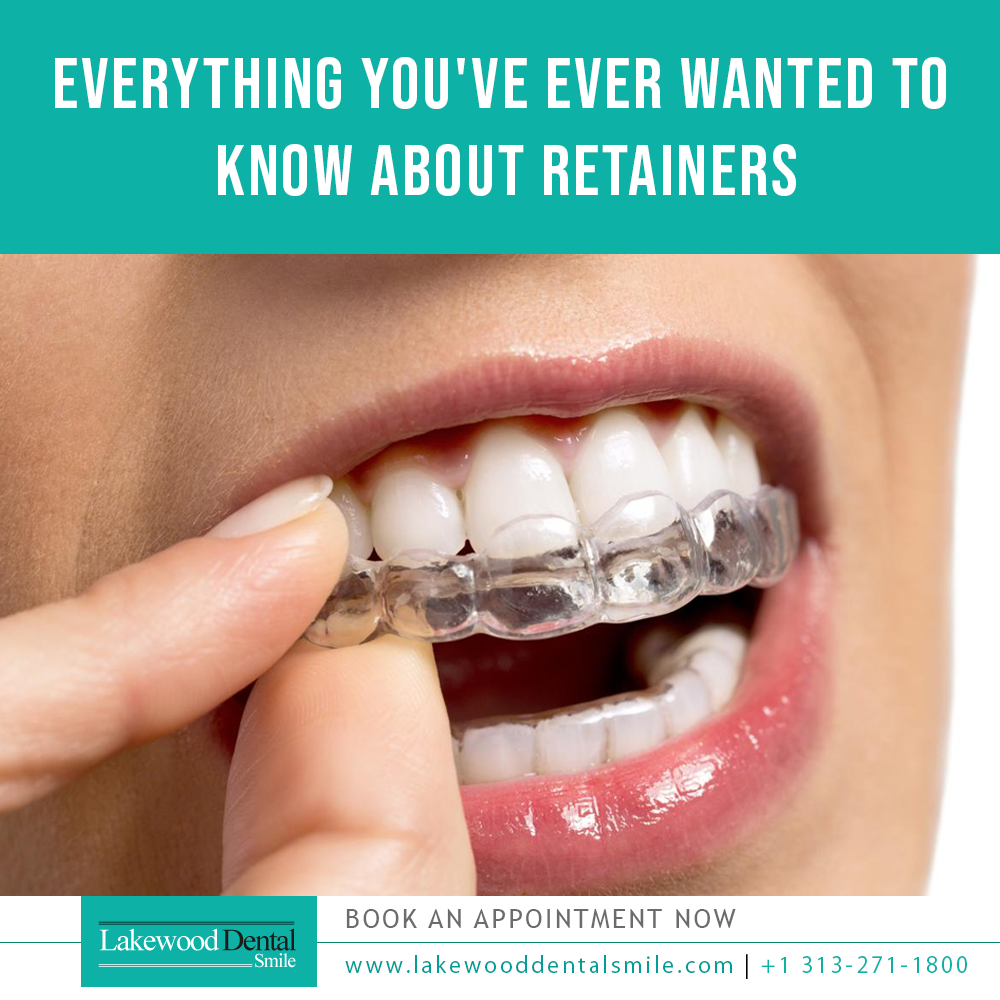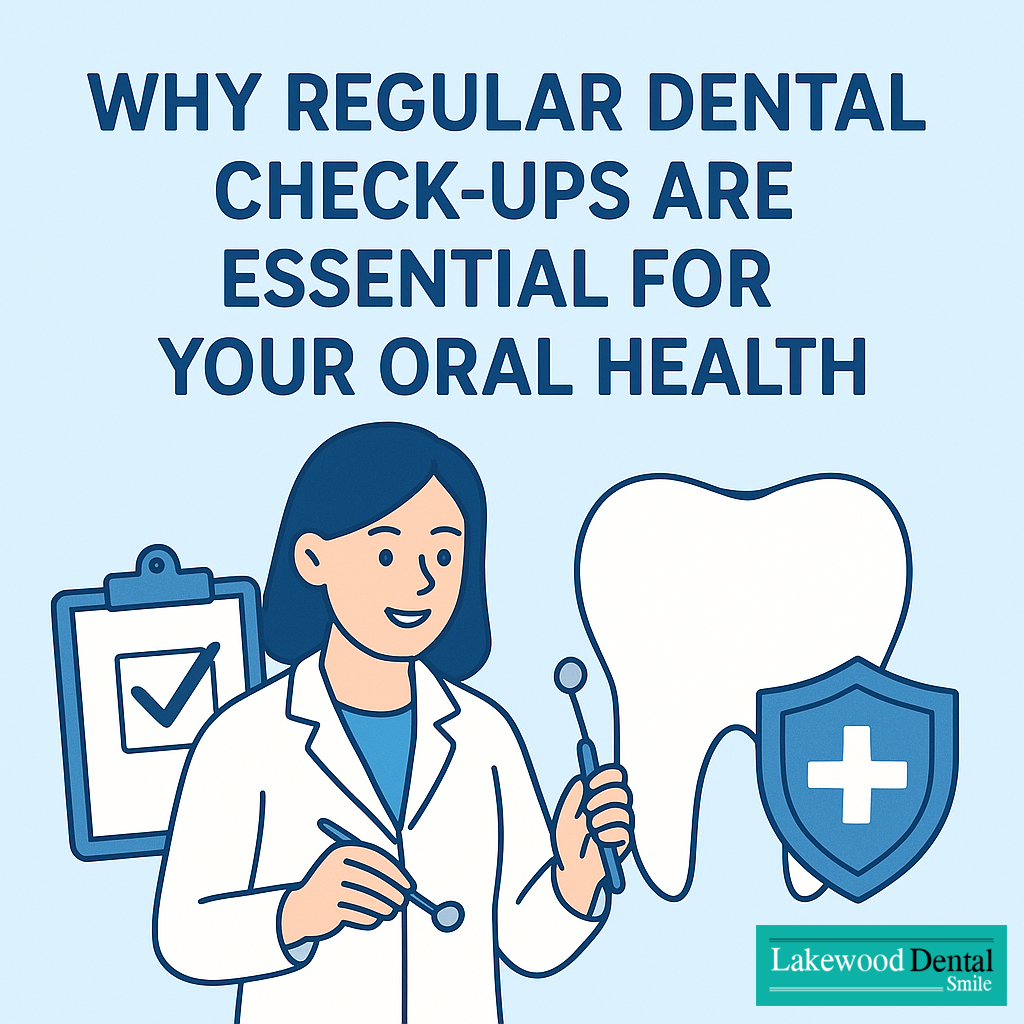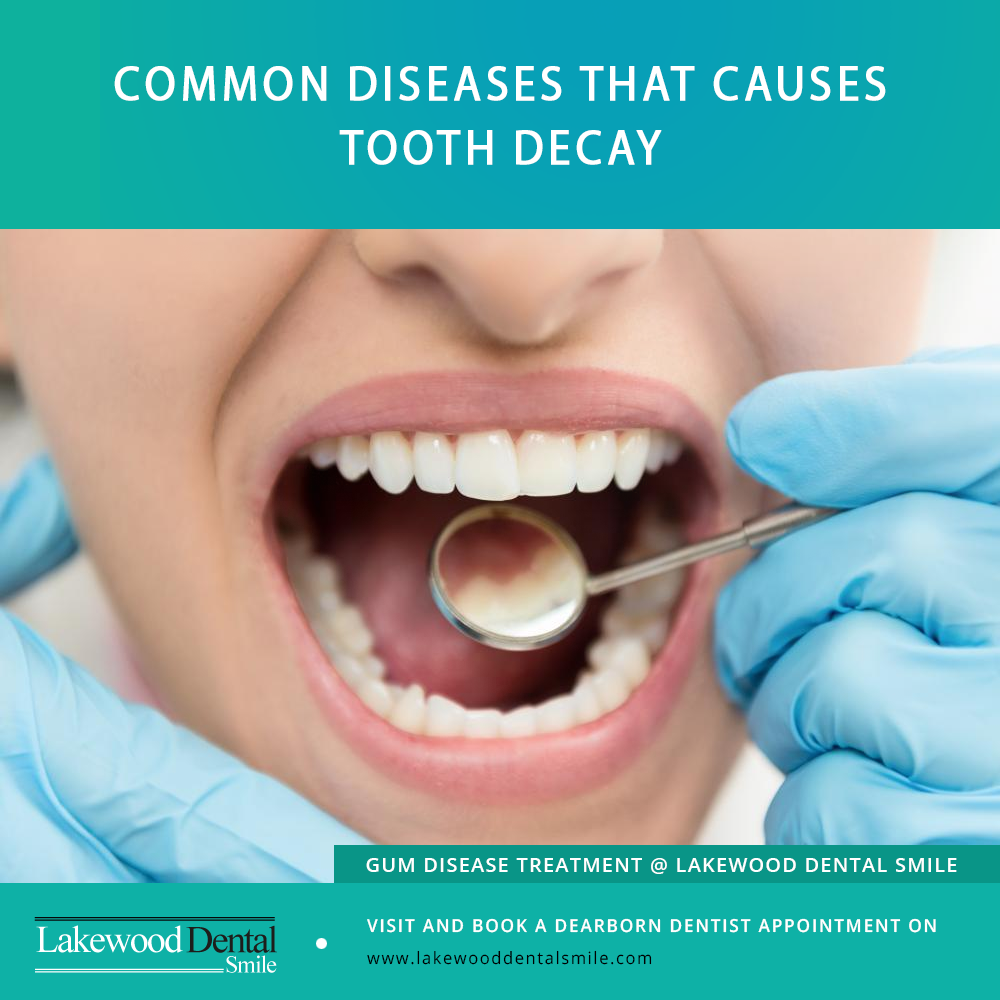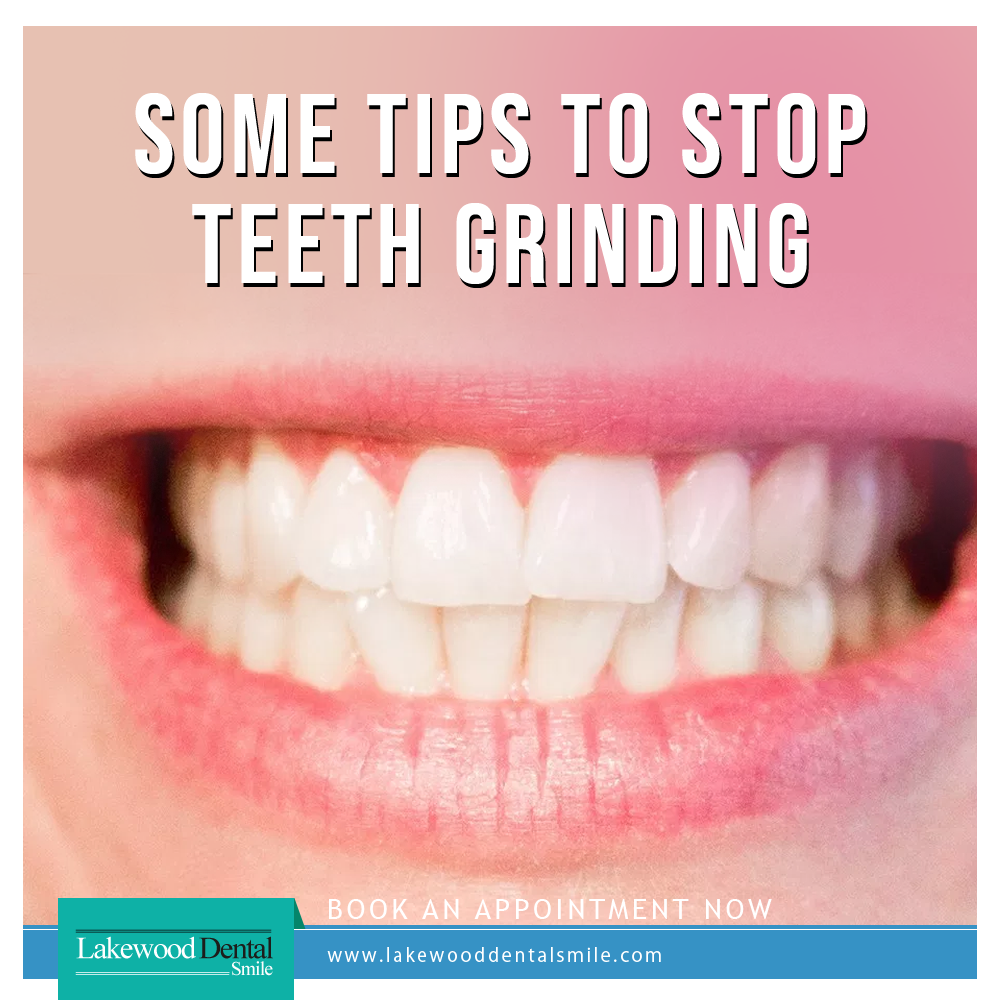Retainers facts are crucial for anyone who wants a lasting, healthy smile after orthodontic treatment. Many patients assume that once braces are removed, their teeth will stay perfectly aligned on their own. However, this isn’t true. Wearing retainers as instructed by your orthodontist ensures that your teeth remain in their ideal positions. Understanding these secrets can save you from costly corrections in the future and maintain a safe, confident smile. In this article, we’ll guide you through five essential retainers facts, providing practical tips and advice, and transition smoothly into the detailed steps of proper retainer use.

1. Retainers Preserve More Than Alignment
While most patients focus on straight teeth, retainers actually serve multiple purposes. They stabilize your bite, prevent teeth from shifting over time, and can even minimize wear caused by teeth grinding. A practical example: if you frequently chew on hard foods without wearing your retainer, your teeth may shift subtly, which can create uneven bite pressure or discomfort. Using your retainer consistently ensures long-term protection of your dental structure and overall oral health.
Step-by-step guidance:
- Wear your retainer for the full duration recommended by your orthodontist.
- Remove it only for eating or brushing, then replace it immediately.
- Check for signs of wear or breakage weekly.
Tip: Small daily adjustments can prevent big problems later, making your smile safe and aligned.
2. Different Types of Retainers Serve Unique Functions
There are two main types: removable retainers and fixed retainers.
- Removable retainers: Usually made from clear plastic, they are easy to clean and convenient for travel. For example, patients often remove them while eating but must remember to wear them afterward to avoid shifting.
- Fixed (or permanent) retainers: Bonded to the back of teeth, they provide continuous support but require careful hygiene to prevent plaque buildup.
Step-by-step guidance:
- Discuss with your orthodontist which retainer type suits your lifestyle best.
- For removable retainers, store them in a clean case when not in use.
- For fixed retainers, floss carefully and schedule dental cleanings every six months.
Understanding the differences ensures your retainer works effectively for your specific dental needs.
3. Proper Cleaning and Hygiene Prevent Problems
Maintaining a retainer is essential for oral health. Neglecting cleaning can lead to plaque buildup, bad breath, and even cavities.
Step-by-step guidance:
- Rinse your retainer with lukewarm water after each use.
- Gently brush with a soft-bristled toothbrush—avoid toothpaste as it can be abrasive.
- Soak in dentist-approved cleaning solutions occasionally to eliminate bacteria.
Example: A patient who rinsed and brushed daily noticed no odor or discoloration after months of use, while neglecting cleaning caused plaque accumulation and mild irritation.
Proper hygiene keeps your retainer functional and your smile safe.
4. Retainers May Affect Speech Initially
Many patients notice a slight lisp or difficulty pronouncing words when first wearing a retainer. This is a temporary effect that usually resolves within a few days as your mouth adapts.
Step-by-step guidance:
- Practice speaking out loud in front of a mirror daily.
- Read short passages aloud while wearing your retainer.
- Stay patient; adaptation is normal and temporary.
Tip: Consistent practice can reduce speech issues more quickly, ensuring your retainer doesn’t interfere with daily communication.
5. Long-Term Commitment Is Key
One of the most overlooked retainers facts is that they require long-term dedication. Even after years, teeth can naturally shift. Skipping retainer use can undo years of orthodontic work, resulting in misalignment.
Step-by-step guidance:
- Follow your orthodontist’s instructions for daily wear.
- Attend follow-up appointments to monitor retainer effectiveness.
- Replace worn or broken retainers promptly to avoid setbacks.
Example: A patient who wore their retainer inconsistently for just a few months noticed minor shifts, requiring corrective adjustments. Those who followed the regimen maintained their perfect smile effortlessly.
Benefits of Wearing Retainers Properly
- Maintains Straight Teeth: Consistent use prevents costly orthodontic relapse.
- Protects Oral Health: Proper retainer care reduces plaque, gum issues, and bite strain.
- Enhances Confidence: A safe, aligned smile improves both self-esteem and social interactions.
Patient Scenario
A 23-year-old patient, “Aisha,” completed two years of braces treatment. Initially, she was inconsistent with her removable retainer, forgetting to wear it during busy workdays. Within months, minor shifting began, causing discomfort and self-consciousness about her smile. After re-educating her on retainers facts and emphasizing daily commitment, she resumed full use, cleaned her retainer properly, and monitored alignment. Within weeks, her teeth returned to their ideal positions, and she reported increased confidence and comfort. This scenario highlights the importance of education, adherence, and proactive care.
Aftercare / Maintenance Tips
- Daily Cleaning: Always rinse and brush your retainer daily to prevent bacteria and odor.
- Safe Storage: Use a protective case to avoid loss or damage when not in your mouth.
- Regular Checkups: Visit your orthodontist periodically to ensure proper fit and prevent wear-related issues.
- Avoid Heat: Do not expose your retainer to hot water or direct sunlight, as it can warp the material.
Consistent care ensures your retainers function effectively, keeping your smile safe.
Conclusion
Understanding these retainers facts is essential for anyone committed to a lasting, healthy smile. By following these five key points — preserving alignment, selecting the right type, cleaning properly, adapting to speech changes, and committing long-term — patients can protect their dental investment. Lakewood Dental Smile emphasizes education and personalized care to help every patient maintain a safe, confident, and beautiful smile. With proper knowledge and daily commitment, your retainer can be a lifelong ally in keeping your teeth aligned and healthy.




